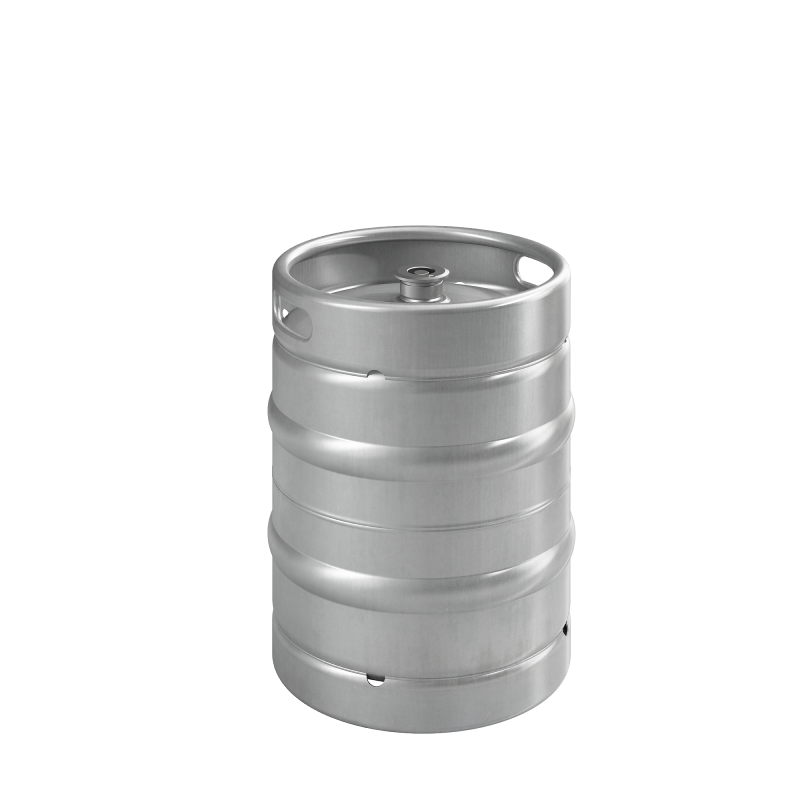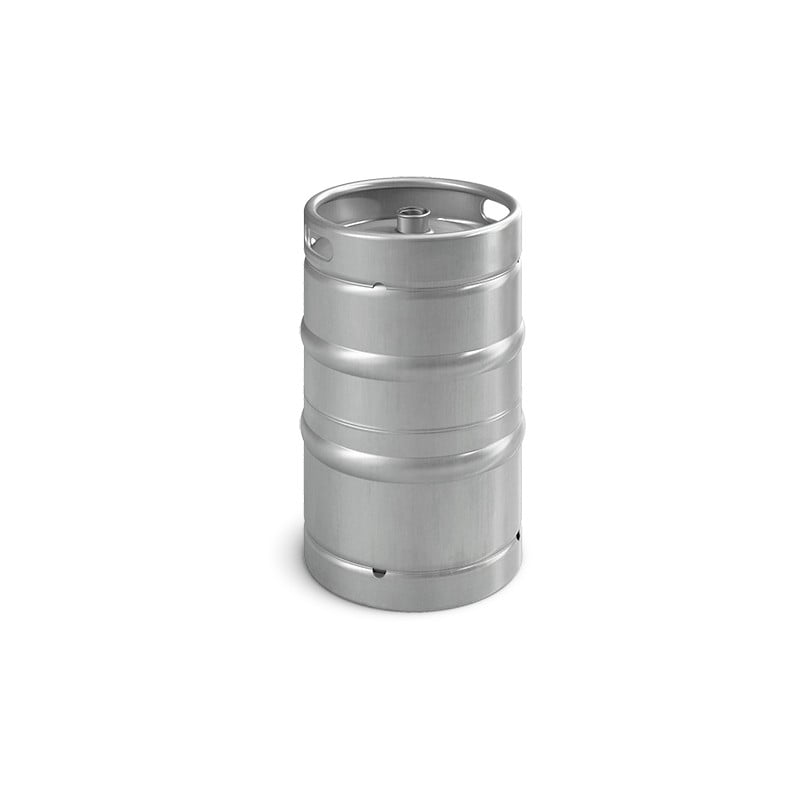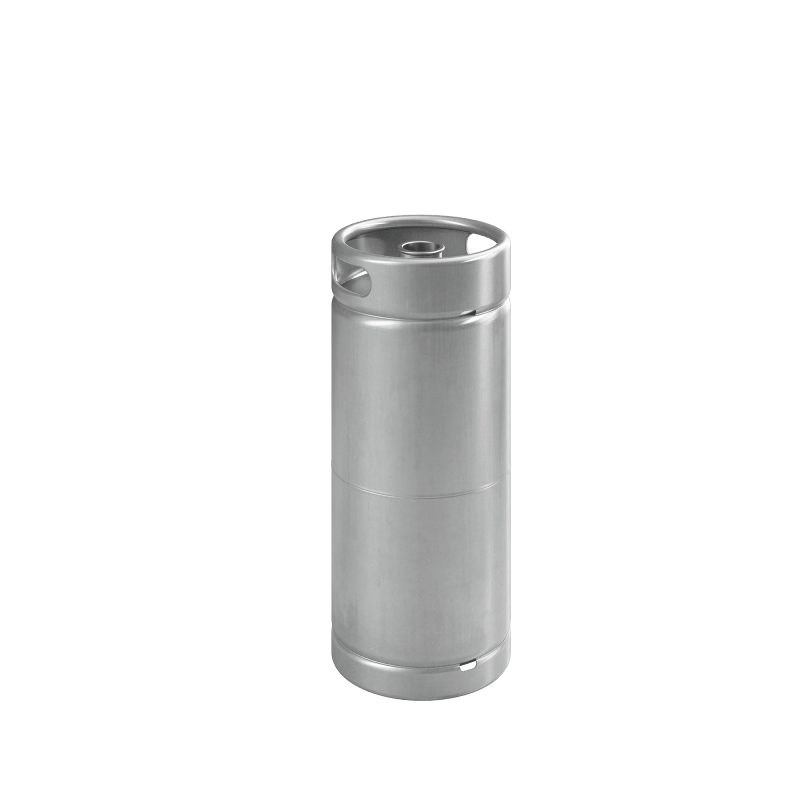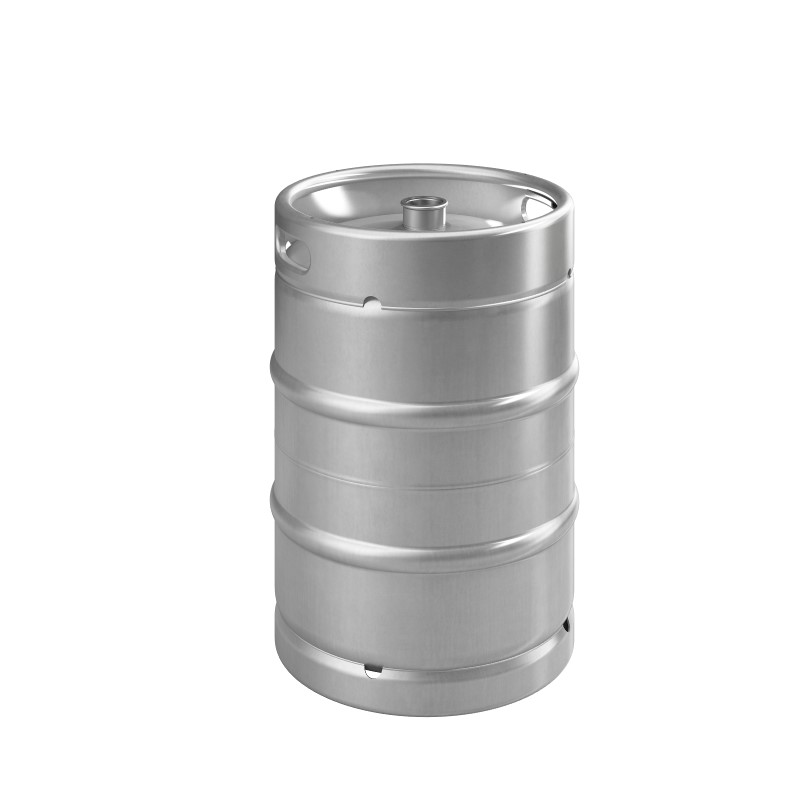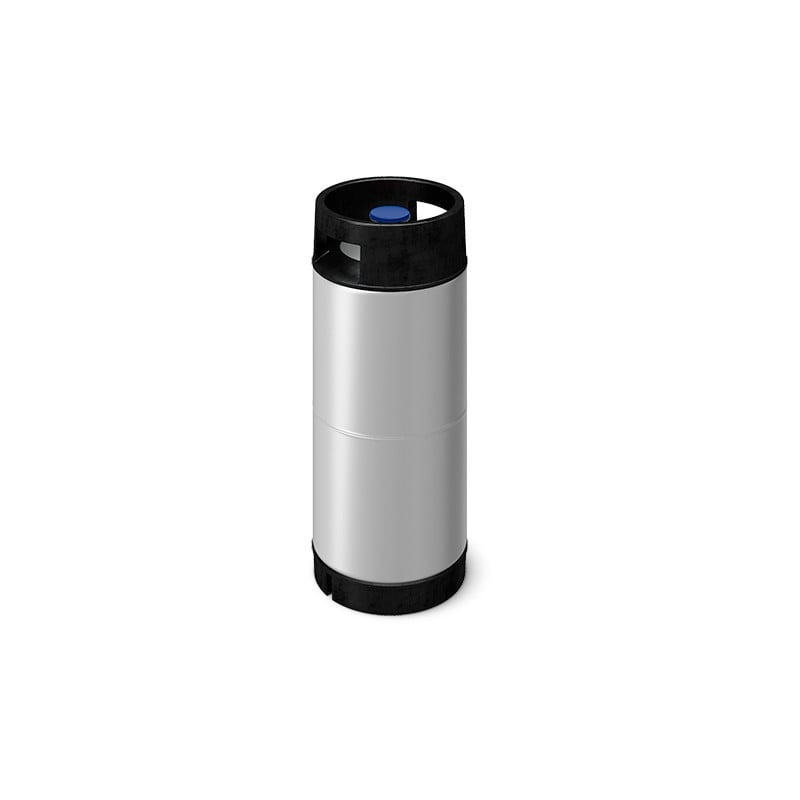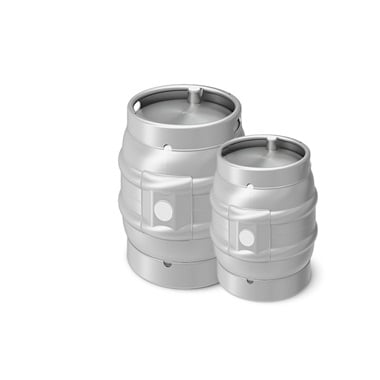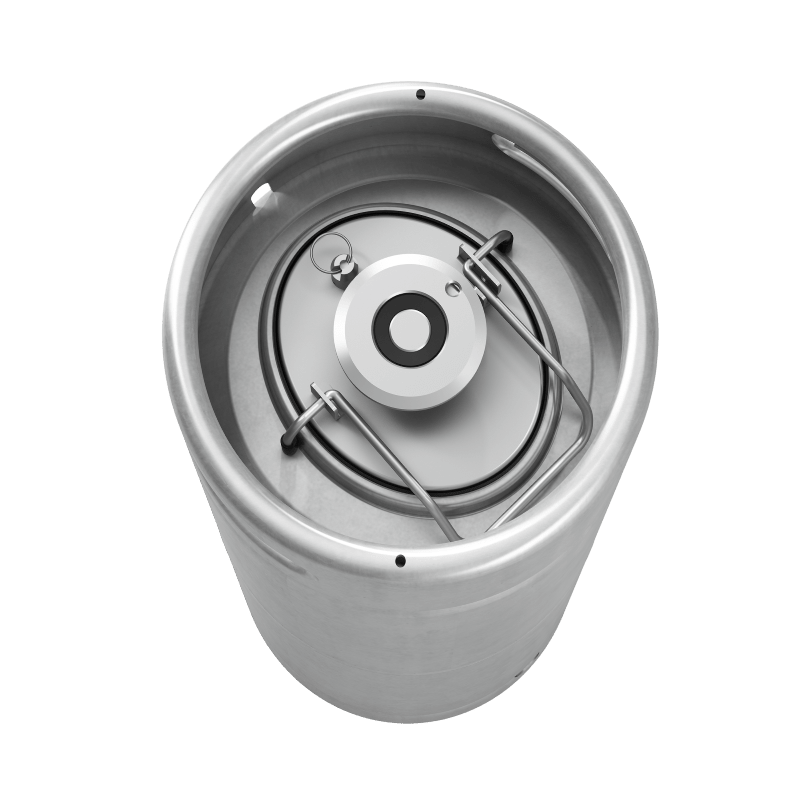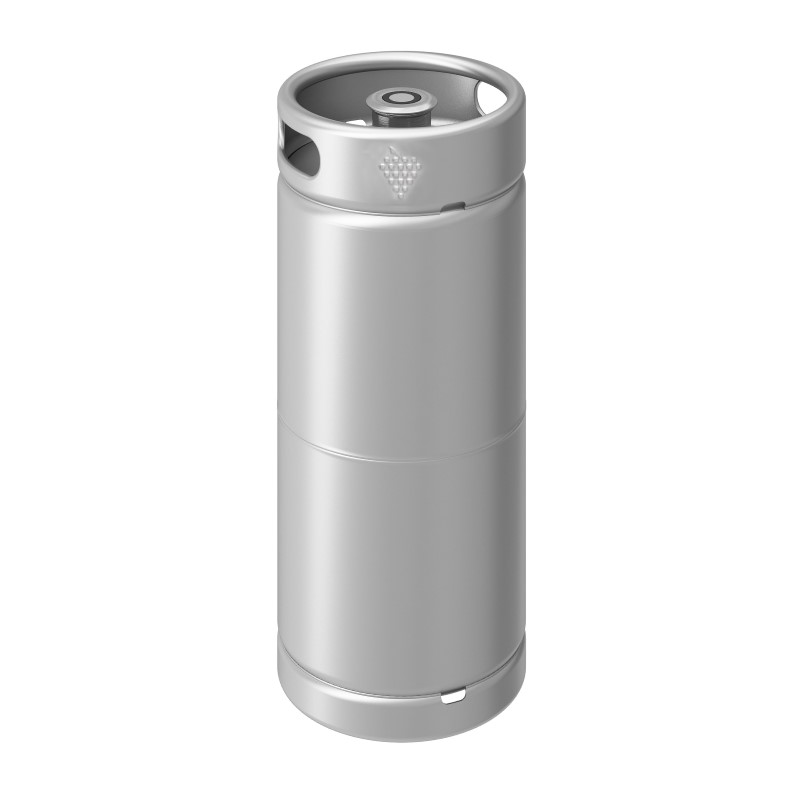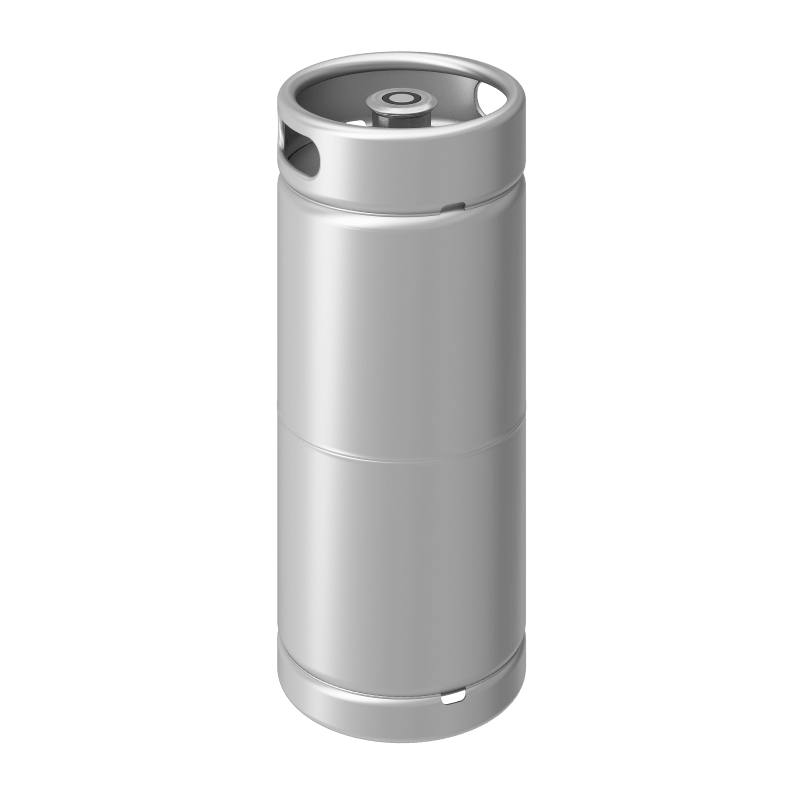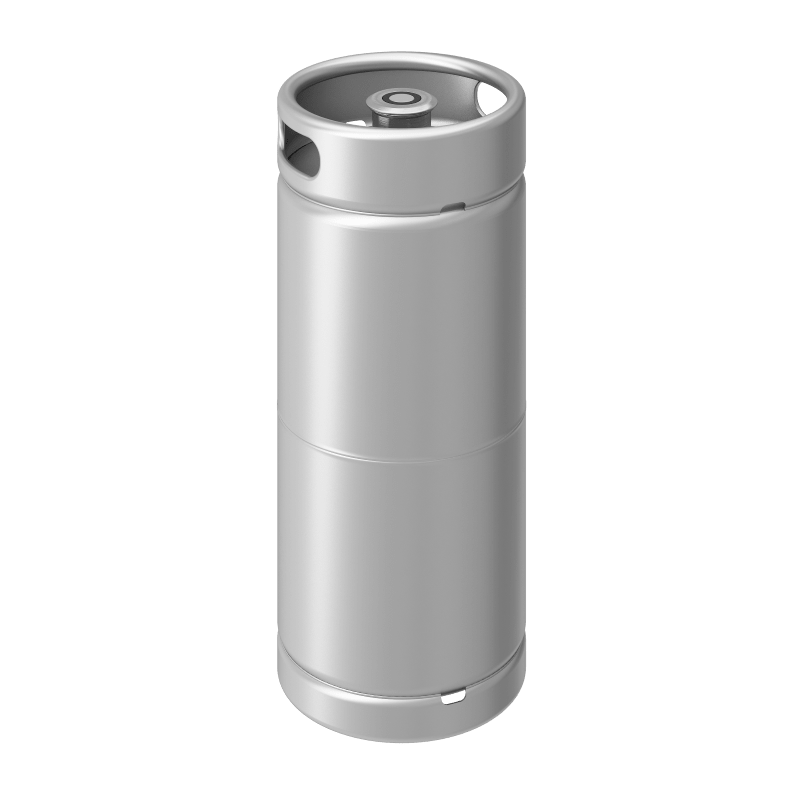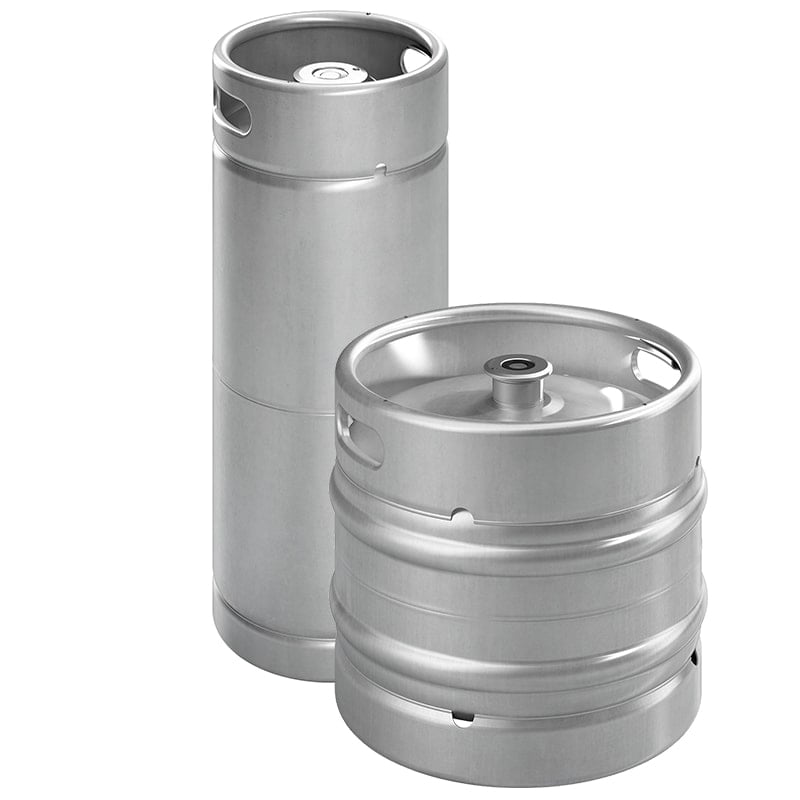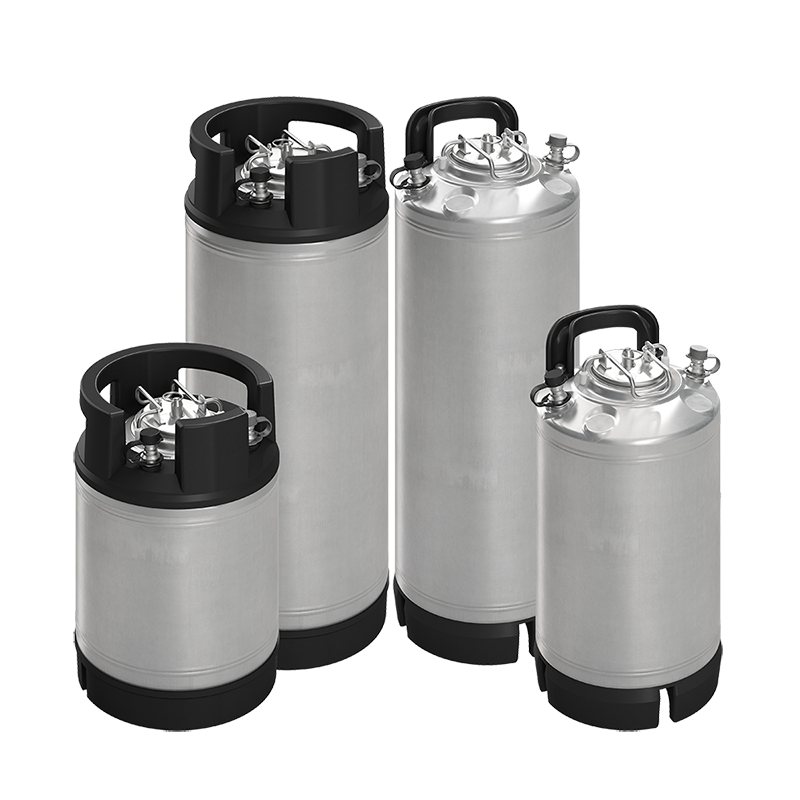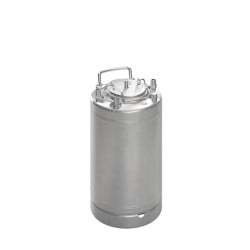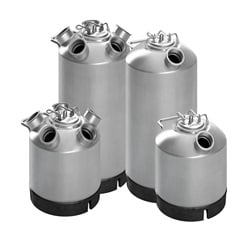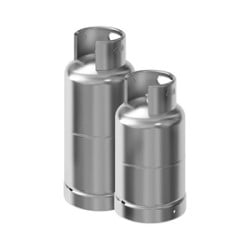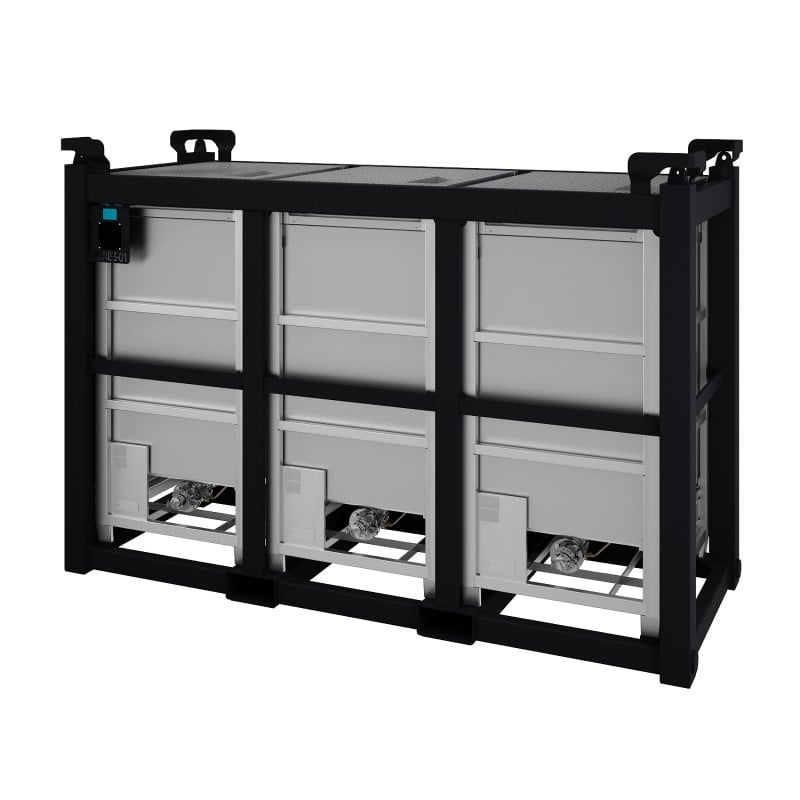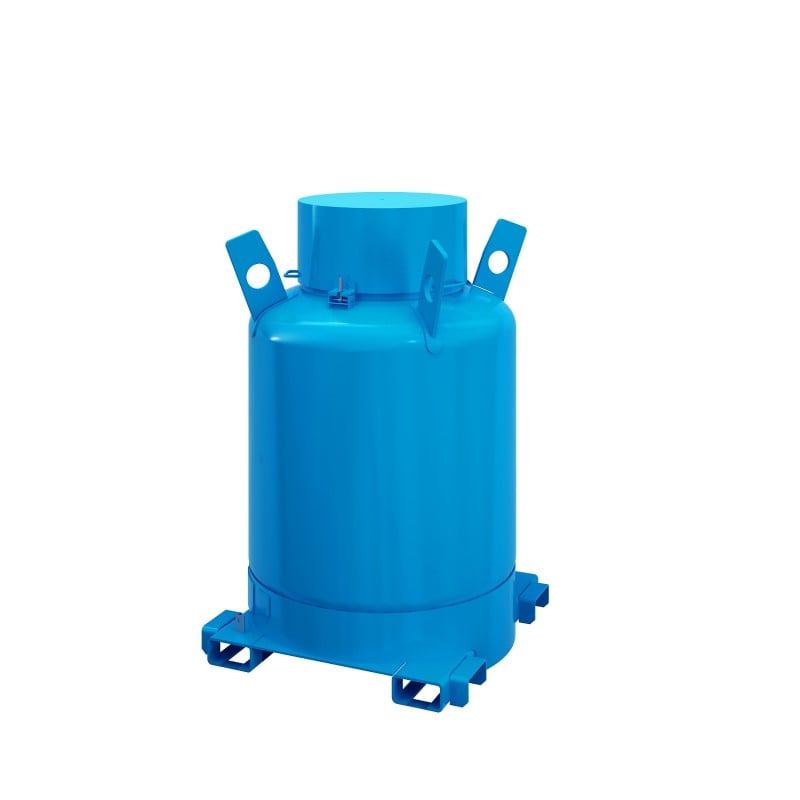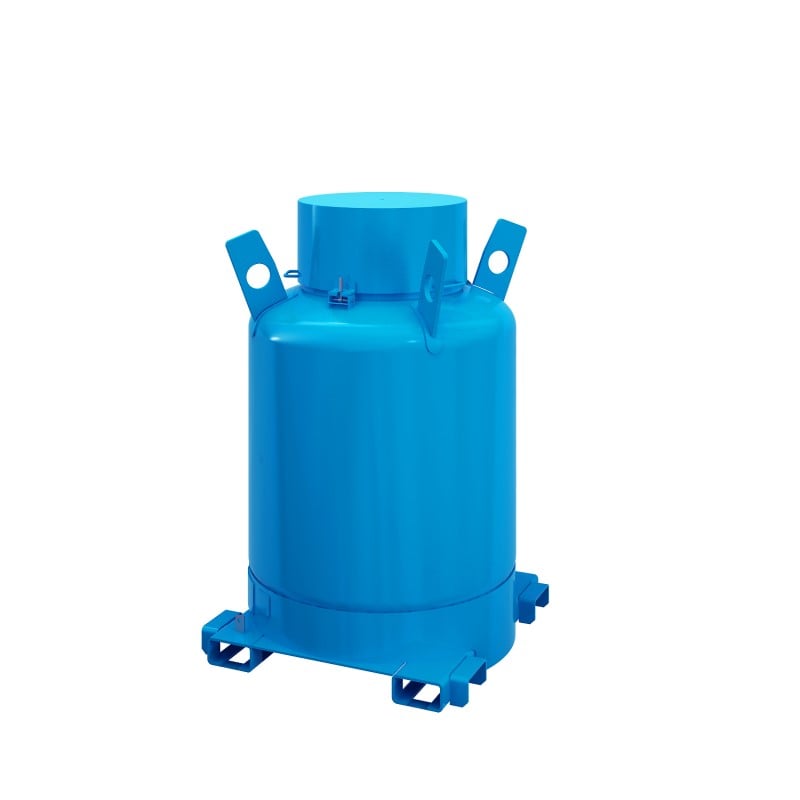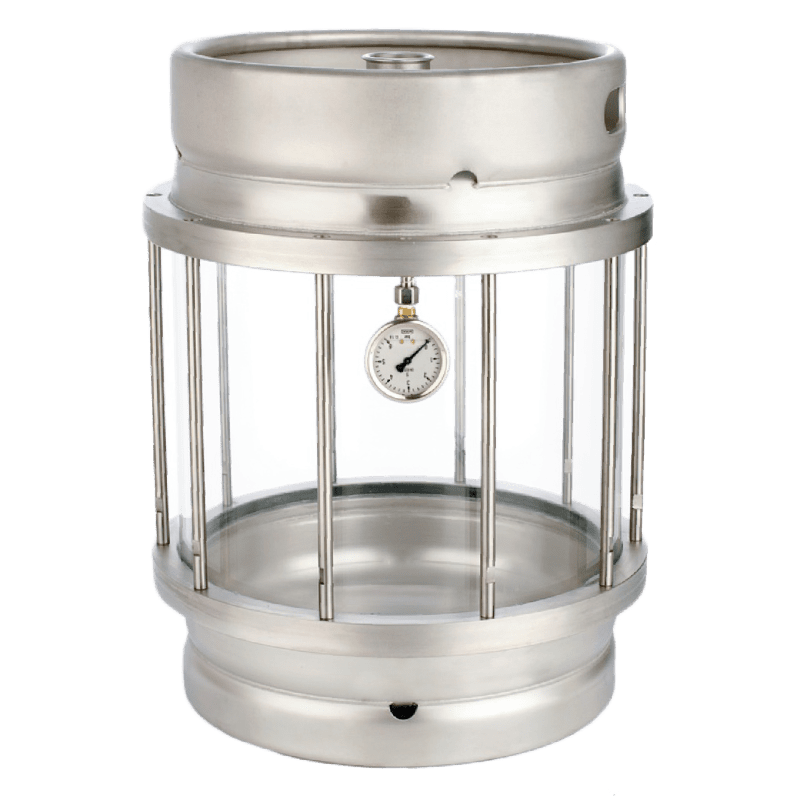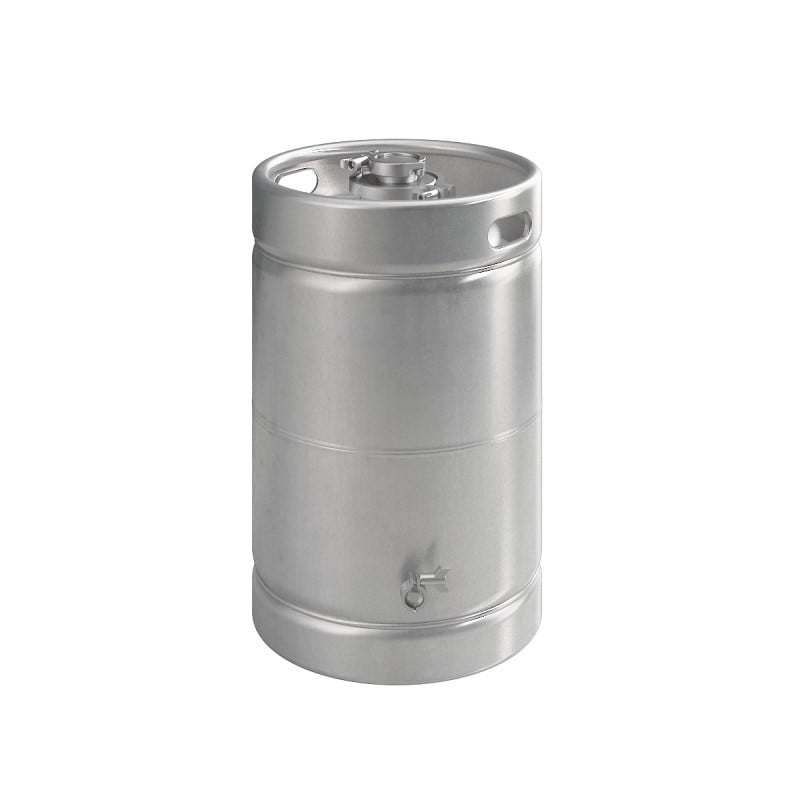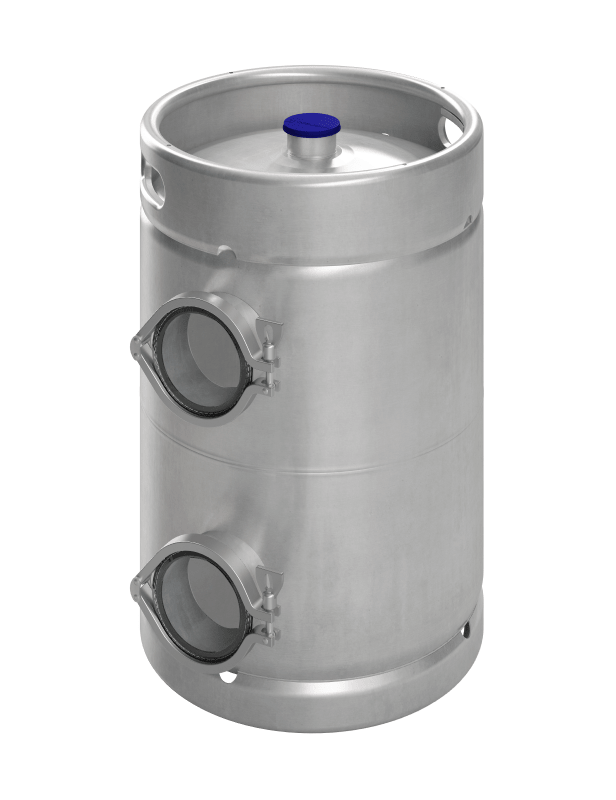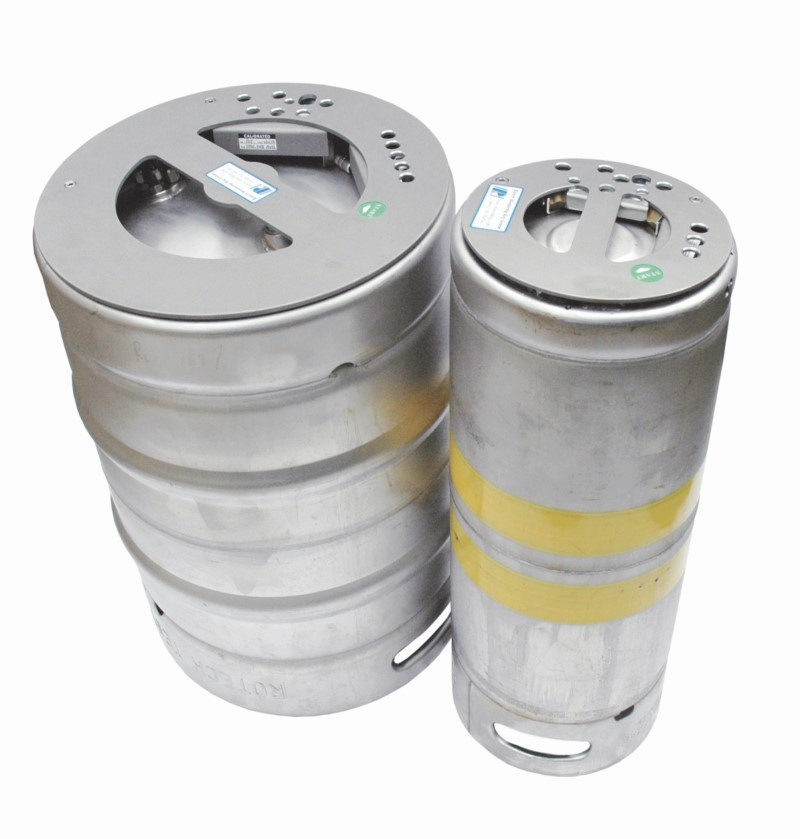The UN’s 17 Sustainable Development Goals outline their vision for a sustainable future. Goal 12, Ensure Sustainable Consumption and Production Patterns, is perhaps the most relevant to all types of industrial processes.
There are scores of changes that manufacturers can make to make their processes more sustainable. Choosing reusable and recyclable containers and tools, optimizing supply chains, and opting for cleaner fuels and materials are the fundamental strategies. But what about when hazardous materials can’t be avoided?
This is the case in lots of industries that are fundamental to our way of life. It’s even true for many industries that will be crucial to being greener; electric cars, for example, are powered by lithium-ion batteries. It’s vital that these materials are transported securely to protect people and the planet.
THIELMANN produces high-quality stainless steel containers and equipment that make the transport, handling, and storage of hazardous materials safer. In this interview with Product and Key Account Manager Zwoni Denac, he outlines the design process that supports THIELMANN quality and our commitment to safer, more sustainable industry.
Hi Zwoni! First, tell us a bit about yourself.
I joined THIELMANN Granada in 2013 as a Product and Key Account Manager. I originally come from the automotive industry, where I worked in vehicle development for many years. At THIELMANN, I take care of high-quality stainless-steel products and here I can contribute my experience from prototype construction in the automotive industry to the development of industrial containers, especially pressure vessels and hazardous goods containers.
Which industries do the team work with?
Our containers are used in all sorts of processes. Liquids, gasses, electrolytes, water treatment equipment, various products from the pharmaceutical and chemical industry, lubricants for industrial processes as well as oil sample containers and cleaning solutions. Every client is different and that’s why we have such a detailed design process for bespoke orders.
Could you give us some insight into this process?
This is a difficult question because every customer request is unique. The chemicals industry is a good example; currently, the Chemical Abstract Service (CAS) number database has 180,000,000 organic and inorganic substances listed, with another 50,000 added daily.
Wow! That’s staggering!
Yes! And each comes with its own rules and regulations, especially if the substance is hazardous. We start every design process by identifying the material in this database and aligning it with the regulations described. In the chemicals sector, these are inevitably stringent and extremely complex; they must be followed to the letter.
This happens in tandem with a close working relationship with the client, where we’ll analyze the container’s lifecycle. We analyze exactly what the container is going to be used for and how it will be integrated. First is a study of material compatibility, where we assess how the material will interact with stainless steel and other materials in the unit’s structure.
What happens if you come up against an obstacle here?
We’re very solutions-oriented. For example, some acids can corrode stainless steel. A solution for this is an ETFE or PFA coating inside the containers. Another example is certain types of electrolytes. If they come into contact with air and moisture, the hygroscopic effect causes a reaction that can create dangerous acids. To avoid this reaction, the substance is pressurized with an inert gas. This makes sure the container stays completely dry.
Clever. So you would always advocate for stainless steel as the best option?
Absolutely. From an environmental perspective it’s far superior to plastic – just look at the number of plastics in our oceans. This wouldn’t happen with steel. Stainless steel is fully reusable with a remarkable lifespan. These robust characteristics make it safer and greener when it's in use too and especially in the case of disasters such as a possible fire, the extent of the damage can be limited in contrast to plastic.
Could you talk a bit more about how you integrate safety features?
Sure. As part of the materials analysis, we’ll assess how the material behaves under different conditions. If there’s a danger of implosion, we’ll make sure the unit is vacuum resistant. Or, if there’s a risk of explosions, the design will have to be pressure resistant. This is checked in advance through various test procedures that must withstand a high level of safety. There are many factors, but this gives you an idea.
After materials analysis, the next phase is assessing the handling procedure. For example, if filing the container could create static electricity, it’ll need to be grounded. Or, if the substance is a flammable gas, we can add a flame trap. These are an assembly of perforated plates fitted into the container’s opening that absorbs the heat of a flame, so it’s extinguished before it escapes.
We can also add additional safety features according to the customer experience or expertise. For instance, on a production line or other handling process, it’s unlikely the entire team has the highest level of knowledge or training about the medium. In this case, we can add closure systems that are impossible to open if the unit is pressurized.
This is why we analyze the customer’s processes and facilities in so much detail. Safety is paramount.
For sure. You mentioned earlier that stainless steel containers are reusable. Is this the case no matter what’s been inside?
Pretty much, with very limited exceptions. The nice thing of stainless steel is it can be treated to be completely germ-free and easy to clean. No matter what the container has carried, it can be sanitized and used again. This is the case right up until the end of its life cycle when it's 100% recyclable.
So even if the material was toxic, the steel could still have a new life?
Yes, of course, provided there is a professional cleaning process ahead of recycling.
Amazing. Is there anything stainless steel can’t contain?
Hah, unfortunately, there is. But we are working proactively to find solutions. I can’t give any details of our research, but these developments could be very important to the green industries of the future.
Intriguing. Thanks for your time Zwoni.
Learn more about THIELMANN’s range of off-the-shelf Small Industrial Containers here.


